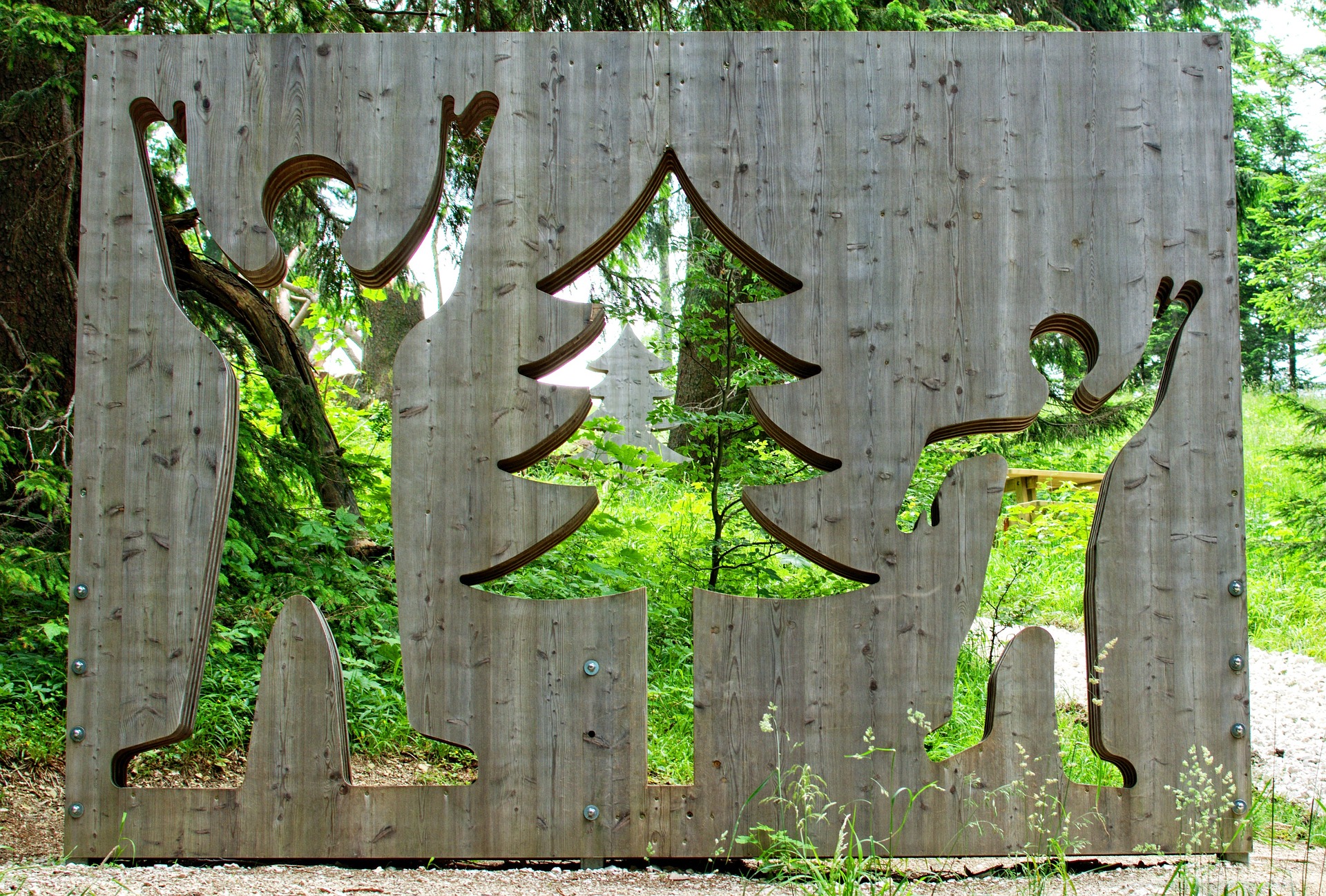Choosing Sustainable Materials for Outdoor Seating Projects
Selecting sustainable materials for outdoor seating requires balancing environmental impact, longevity, and user needs. This article explains material options, maintenance implications, installation and accessibility considerations, weatherproofing strategies, and approaches to restoration that support durable, community-focused park and landscaping projects.

Public spaces benefit when outdoor seating is selected with sustainability and longevity in mind. Choosing the right materials for benches and other public furniture affects maintenance cycles, weatherproofing needs, vandal resistance, and how seating integrates with park landscaping and accessibility plans. This opening overview outlines the principles to guide designers, municipal planners, and landscape contractors toward durable, repairable, and environmentally responsible outdoor seating choices.
What materials suit outdoor seating and parks?
Material selection is central to long-term performance. Common choices include hardwoods with certified sourcing, recycled plastics (often HDPE), powder-coated steel and aluminum, and composite boards that blend wood fibers and polymers. Each material brings trade-offs: hardwoods offer visual warmth and craftsmanship appeal but need protection against moisture and insects; recycled plastics resist rot and are low maintenance; metals provide structural strength but require corrosion control and appropriate finishes to stay weatherproof. Match material properties to the site conditions, expected use patterns, and local environmental goals.
How does durability and weatherproofing affect choices?
Durability reduces lifecycle environmental impact by extending service life and lowering replacement frequency. Weatherproofing techniques such as sealants for wood, galvanization or powder coating for steel, and UV-stabilized additives for plastics help seating withstand sun, rain, freeze–thaw cycles, and salt exposure in coastal parks. Fasteners and anchoring systems must also be specified to resist corrosion. Consider design details that shed water, avoid trapped moisture, and permit easy inspection and repair: these choices influence both user safety and lifecycle costs.
How to balance sustainability and maintenance needs?
Sustainable projects consider embodied carbon, recyclability, and the resources required for maintenance. Materials like certified FSC wood and recycled-content plastics reduce virgin material demand, while modular designs simplify component replacement and restoration. Maintenance planning should be realistic: wood may need periodic re-finishing; metal surfaces require inspections for rust and touch-up; recycled plastics typically require only cleaning. Choosing materials that align with available maintenance capacity in your area supports longevity and reduces total environmental impact over decades.
Accessibility, security, and installation considerations
Installation details affect accessibility and security. Bench heights, armrests, and clear approach zones contribute to universal accessibility and should comply with local standards. Secure anchoring to concrete or in-ground footings prevents tipping and theft, while vandal-resistant fasteners protect craftsmanship investments. Think about placement within landscaping to provide weather protection and sightlines for safety. Coordination with local services and installers can ensure that installation methods match soil conditions, drainage, and long-term landscaping plans.
Restoration, craftsmanship, and landscaping integration
Restoration-friendly design values craftsmanship and future repairability. Use replaceable slats, standard fasteners, and documented details so local crews can restore rather than replace units. Selection of finish colors, grain patterns, or metal textures should complement planting schemes and hardscape materials to support cohesive park aesthetics. Restoration programs that reuse salvaged components reduce waste and maintain cultural value in public furniture. Consider how benches function as part of broader landscaping — as seating, gathering nodes, or boundary elements — when selecting materials and finishes.
Security, furniture placement, and weatherproofing strategies
Security and weatherproofing overlap in practical ways: robust materials resist forced entry and environmental damage. Choose finishes and connections that conceal or protect critical points, and design seating placement to be visible and well-lit without compromising comfort. Drainage gaps, sloped surfaces, and corrosion-resistant anchors extend service life. When specifying furniture, include information on recommended cleaning agents and repair procedures so caretakers can perform routine maintenance in a way that preserves weatherproofing and durability.
Public seating decisions benefit from a systems perspective: materials, installation, maintenance, and restoration plans should be developed together. Prioritize options that are repairable, use responsibly sourced or recycled content, and align with the maintenance resources available in your area. Thoughtful integration with landscaping and accessibility requirements results in outdoor seating that serves communities reliably while minimizing environmental and operational costs.





